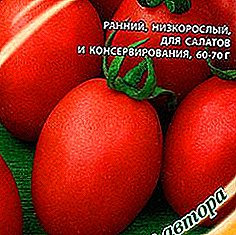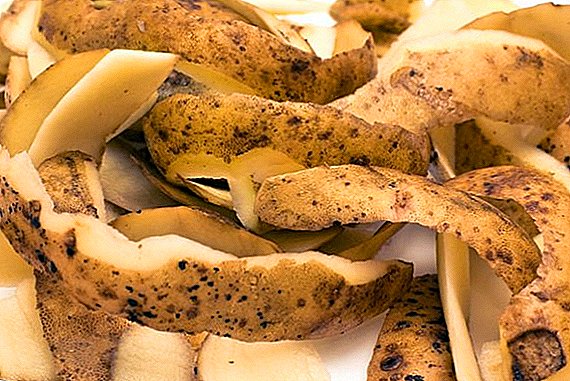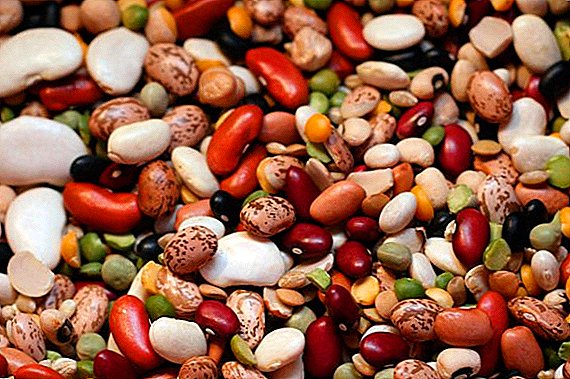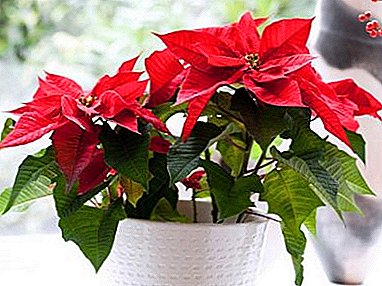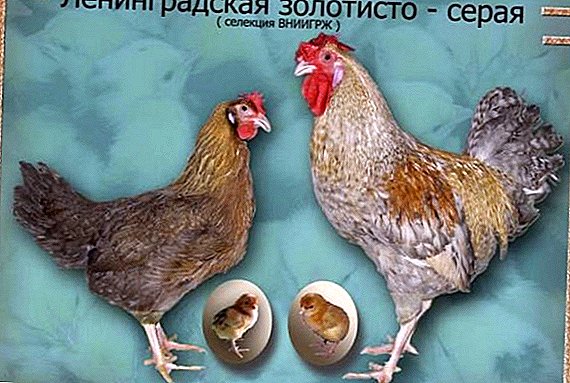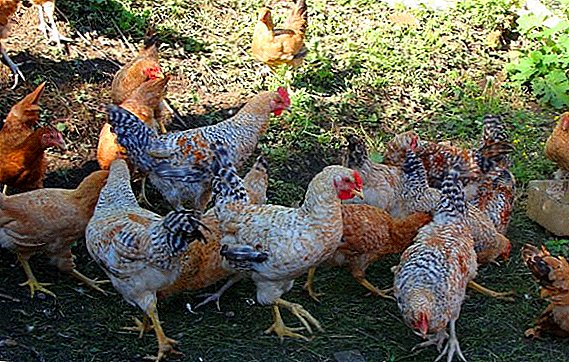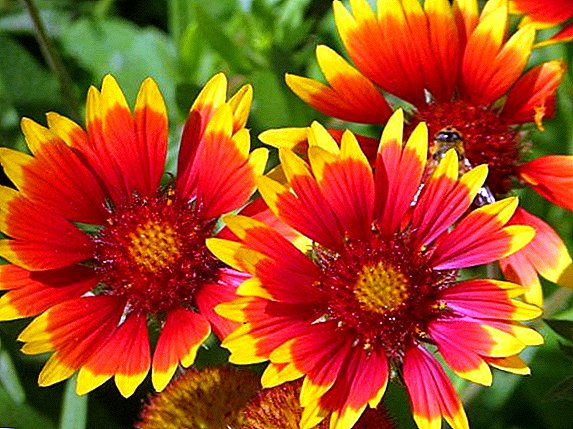 Gaillardia or, as it is also called gardeners, sunny chamomile is a herbaceous ornamental plant of the Aster family that came to us from the countries of America. There are both annual and perennial plant species. Gaillardia is not too whimsical to the conditions of cultivation, it is quite a frequent visitor of home gardens and cottages, the height of an adult plant can reach 90 cm.
Gaillardia or, as it is also called gardeners, sunny chamomile is a herbaceous ornamental plant of the Aster family that came to us from the countries of America. There are both annual and perennial plant species. Gaillardia is not too whimsical to the conditions of cultivation, it is quite a frequent visitor of home gardens and cottages, the height of an adult plant can reach 90 cm.
Gaillardia: plant description
The dense and pubescent straight shoots of the plant form a very dense lush bush. Elongated toothed leaves usually pointed at the end, with the next arrangement. During flowering, it throws out long, thin flower stalks with single basket inflorescences, which are formed by three-toothed yellow or red flowers, located on the edge, and tubular flowers of dark red tones - in the center of the basket.
A flower can have a simple inflorescence, a semi-double one with two or three rows of reed flowers, and also a double one with thickly expanded funnel tubular median flowers.  The blooming of solar chamomile is abundant and long-lasting almost the entire summer season. Gaillardia is valued for resistance to frost and drought, and cut flowers will form a beautiful bouquet that will decorate any room for a long time.
The blooming of solar chamomile is abundant and long-lasting almost the entire summer season. Gaillardia is valued for resistance to frost and drought, and cut flowers will form a beautiful bouquet that will decorate any room for a long time.
Did you know? In some countries, gaillardia has such a name as "fire wheel"
What you need to know about planting gaylardii in the garden
Perennial gaillardia does not require much effort for planting and subsequent maintenance. Bright sunny daisy is thermophilic, prefers a temperature in the range of 12-24 degrees. Before planting gaillardii in the garden, it is advisable to drain the soil well beforehand, and to add organic and mineral fertilizers to the soil in small quantities.
Lighting for gaillardia
Perennial solar daisy prefers a well-lit and open place for growth, so you should carefully choose to plant it. sunny plot away from drafts. It is advisable that the place where the gaillardia flowers grow will be illuminated by the sunlight as long as possible. When planting gaillardii in the shade, the development of the plant will be weak, and the flowers - small and inconspicuous, devoid of the usual bright colors.
Requirement gaylardii to soil type
 For successful cultivation of gaillardii the soil type is important - it grows well in light and nutritious landwithout excessive moisture. Sandy soils are a great option for a plant. On loams, soils with high acidity and those areas that have been fertilized with manure, the growth and development of gaillardia will be weak. To create favorable conditions for the growth of this flower, ash and coarse sand should be introduced into the soil.
For successful cultivation of gaillardii the soil type is important - it grows well in light and nutritious landwithout excessive moisture. Sandy soils are a great option for a plant. On loams, soils with high acidity and those areas that have been fertilized with manure, the growth and development of gaillardia will be weak. To create favorable conditions for the growth of this flower, ash and coarse sand should be introduced into the soil.
Important! For favorable growth and active flowering, it is recommended to replant the gailardium every five years.
The scheme of planting gaylardii in open ground
Seedlings of gaillardia are transplanted to a permanent place of cultivation according to a pattern of about 30 x 20, which will ensure that there is enough space for the development of bushes and further care for adult plants. If it is necessary to create a dense planting from gaillardii bushes, 2-4 seedlings can be planted in one planting hole.
Seed propagation
Since growing a gaylardiyu from seeds is even possible for a novice gardener, this breeding method is very popular for annual plant varieties. Let us consider in more detail exactly how gaillardy sows with seeds. In order for gaillardia to delight the eye with its bright colors, it is necessary to collect seed for spring cultivation from seeds in the fall, and the best time to plant them is the end of February and the beginning of March. For perennial gaillardia, a spacious container should be selected, in which seeds will be planted, fill it with a nutrient earthen mixture, spread seed material 10-20 mm across its surface, slightly sprinkle them with substrate and moisten crops with an atomizer with warm water. Cover the seed container with glass or plastic film and place it in a bright, warm room without direct sunlight.
In order for gaillardia to delight the eye with its bright colors, it is necessary to collect seed for spring cultivation from seeds in the fall, and the best time to plant them is the end of February and the beginning of March. For perennial gaillardia, a spacious container should be selected, in which seeds will be planted, fill it with a nutrient earthen mixture, spread seed material 10-20 mm across its surface, slightly sprinkle them with substrate and moisten crops with an atomizer with warm water. Cover the seed container with glass or plastic film and place it in a bright, warm room without direct sunlight.
Daily shelter must be removed for several hours for airing and to prevent the drying of the ground. After the emergence of shoots the shelter is finally removed, and the container is transferred to a cool room with high humidity. Gailardia grown seedlings are recommended to dive into separate cups or small pots, or at least transplant into a larger container. And in May, there comes a time when you can plant seedlings of gaillardia grown by seeds in open ground at its permanent growing place, where it will bloom after successful rooting. 
Methods of vegetative propagation
Perennial gallardia can be propagated vegetatively. To do this, a five-year mother bush should be dug out in spring, divided into several parts so that they have both roots and shoots. Each of the separated parts is planted in a permanent place of growth. It is recommended to divide one mother bush no more than by 4-5 parts, thus each new plant will have enough strength for active growth after transplantation.
Important! Propagation by seeds does not transfer the color and size of the parent plant to young plants; to preserve the species characteristics, it is necessary to use the methods of vegetative reproduction.

Some gardeners use another vegetative propagation method - grafting.
For this method, you need to dig up an adult gailardium shrub, choose the most powerful healthy root, divide it into cuttings approximately 6 cm long, which are subsequently rooted in greenhouses.
Features of care for gaylardiya on a garden flowerbed
After the planting has been successfully carried out, the next task of the gardener is to provide the plant with proper attention and simple maintenance for favorable development in the open field. The main stages of care are periodic loosening of the soil around the plant, removal of weeds, as well as watering and fertilizing the beds where the chamomile grows.
How often to water the plant
 Solar daisy does not tolerate excessively moist soil, therefore watering should be very moderate. Usually, the plant has enough rainwater, but during long dry periods it should be watered no more than twice every 8-10 days, and five liters of warm water will suffice for each adult bush.
Solar daisy does not tolerate excessively moist soil, therefore watering should be very moderate. Usually, the plant has enough rainwater, but during long dry periods it should be watered no more than twice every 8-10 days, and five liters of warm water will suffice for each adult bush.
Did you know? Flowers of some varieties of solar chamomile reach a diameter of 13 cm
Fertilizers and feeding
Often the question arises among people who first planted a gaylardia on their plot: how to fertilize this plant so that it will bloom beautifully and for a long time. As a fertilizer solar chamomile is recommended to use mineral complex fertilizer, rotted humus and compost in small quantities. The first stage of feeding is carried out in the period of tying the buds, the next - during the active flowering of the bushes, the final stage - about 30 days before the onset of frost, and it is desirable to pre-cut off all the shoots and stalks that will contribute to a good hibernation of the bush.
Garbage flowers gaylardii
Since gailardia flowers are large and heavy, they are recommended tie up to a wooden peg or a piece of plastic pipe at the very beginning of the flowering period, it will save the plant from broken flower stalks and shoots. If gaillardia participates in a composition of several flowers or grows in a flowerbed next to more powerful and strong plants that will help to keep the shape of the sun daisy, the garter is optional and is made at the request of the grower. 
Important! Timely removal of wilted flowers will prolong the flowering time of the entire plant, and also help to maintain the decorative appearance of the bush.
How to prepare gaylardiyu for winter
Approximately 3-4 weeks before the first frost, it is necessary to prepare a garden solar chamomile for winter - for this, all flower stalks and faded shoots are pruned and fertilized, this will allow the gaillardy to stock up on nutrients and grow roots. Gaillardia usually tolerates the most frosty winters, but in order to avoid unpleasant consequences for a plant during sudden temperature changes, it is recommended to cover it with dry leaves or a layer of fine peat. In the spring, after the probability of frosts disappears, the organic shelter is removed so that the plant does not grow and develop freely.
Chamomile diseases and pests
Overmoistened soil, in which gaillardia grows, is often the cause of fungal diseases - powdery mildew, gray rot and leaf spot. In order to avoid damage to the sun chamomile by these diseases, it is necessary to observe the watering regime without excessive moisture.
 Affected bushes should be cleaned as soon as possible from infected leaves and shoots, and the bush treated with a solution of manganese - 3 g per 10 liters of water. Plants strongly damaged by diseases are recommended to be treated with colloidal sulfur and bordeaux mixture, and if the disease was detected too late and the fungicides are not effective, then the affected bushes should be removed from the site and burned.
Affected bushes should be cleaned as soon as possible from infected leaves and shoots, and the bush treated with a solution of manganese - 3 g per 10 liters of water. Plants strongly damaged by diseases are recommended to be treated with colloidal sulfur and bordeaux mixture, and if the disease was detected too late and the fungicides are not effective, then the affected bushes should be removed from the site and burned.
The leaves and stalks of the sun chamomile are most susceptible to damage by pests such as aphids and whiteflies. At the first signs of the appearance of these insects on the bushes, they should be treated with such drugs as "Decis" and "Actellic" according to the attached instructions.
By providing an uncomplicated periodic maintenance to the sun daisy, you can get a lush and spectacular shrub, which with its bright and colorful flowers will become a real decoration of any site and a gardener's pride.



